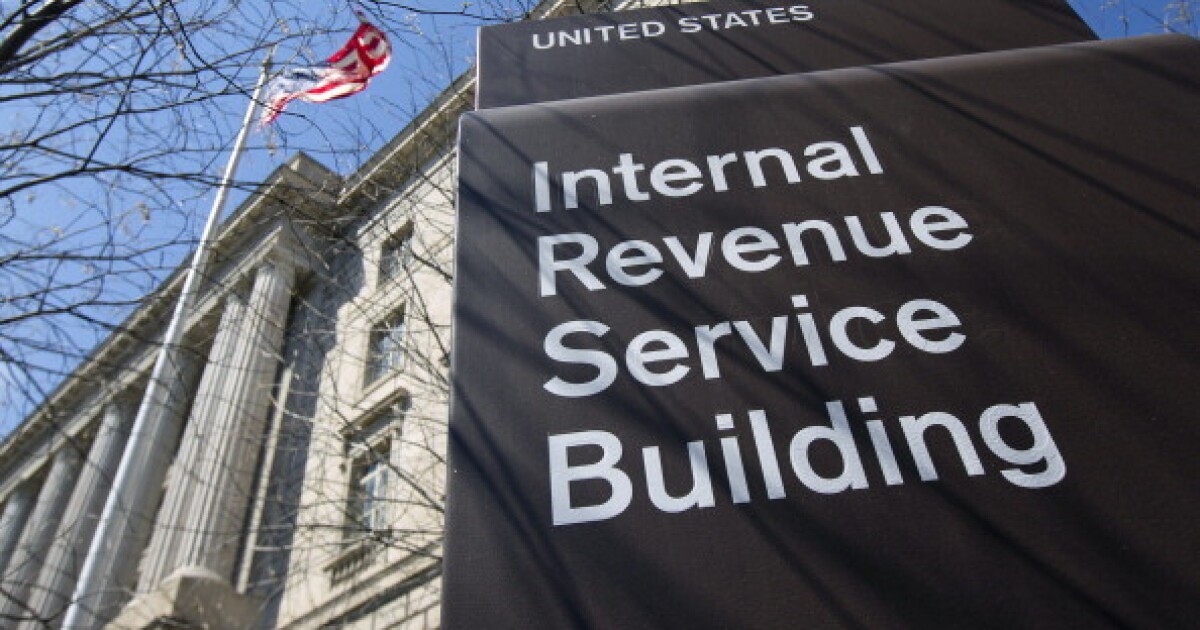Tax collections are confirming Wall Street forecasts that the U.S. government will not exhaust its borrowing capacity until later this year.
The U.S. Treasury’s cash balance climbed again on Wednesday to reach a total of $639 billion — after soaring some $185 billion the day prior, the most in three years — amid inflows around the April 15 tax deadline.
“Individual income tax receipts remained stronger than we expected,” wrote Lou Crandall at Wrightson ICAP in a note to clients Thursday. That reinforces “our view that the X-date would be a late-third-quarter event even under the traditional playbook,” Crandall added, referring to the date at which the Treasury breaches the debt limit.
Much of the tax collection increase has been driven by a surge in individual, non-withheld taxes paid electronically, which are now trending well above last year’s levels.
“In total, non-withheld tax receipts have come in strong this year so far, despite some concerns over staffing cuts at the IRS, fraud, and delayed filings in disaster-affected areas,” wrote JPMorgan strategists led by Jay Barry in a note. Barry reiterates an X-date of Aug. 1, giving Congress some time to agree on new debt-ceiling legislation.
The final tally matters for a number of reasons. In the near-term, the amount of cash flowing out of the money markets to pay Uncle Sam can impact funding costs. Higher tax receipts means more liquidity is drained from the overall financial system, likely pushing up the cost of borrowing in the overnight repurchase market.
If more money is flowing out of bank reserves and money markets that carries implications for the Federal Reserve’s quantitative tightening program. The central bank eased the pace of runoffs to $5 billion per month this April. Fed Chair Jerome Powell reiterated this week that the move was, at least in part, precautionary given the extent to which the debt ceiling may impede policymakers’ view into overall bank reserves.
Here are the key metrics to watch in the funding markets in the weeks ahead.
Bank reserves
Fed officials and investors are keeping a keen eye on the amount of cash banks park at the central bank, gauging what level is enough to maintain liquidity and avert too much stress in the plumbing that underpins the financial markets. As reserves become more scarce, a level primary dealers estimate to be around $3 trillion, the U.S. central bank will likely have to halt its balance sheet unwind.
Bank reserves totaled $3.3 trillion in the week through April 16 from $3.5 trillion the prior week, Fed data show. That’s above the level they were when the central bank started unwinding its balance sheet almost three years ago.
Money-market fund assets
In the week including the April 15 tax deadline, money-market fund assets fell by some $125 billion to $6.88 trillion, according to ICI data through April 16. Annual tax payments typically tend to mean hundreds of billions are pulled out of the banking system, although some taxes are paid with cash held in money-market funds.
Global market volatility spurred by the Trump administration’s tariffs has renewed focus on money-market funds, which are considered attractive investment vehicles during periods of uncertainty as they command higher yields and are perceived as a haven.
Treasury’s cash balance
Whether the U.S. government can meet its fiscal obligations and pay its debts ultimately comes down to whether it has the cash. That balance is affected by daily inflows and outflows.
The Treasury’s cash balance saw its largest one-day increase in three years on April 15, Treasury figures show. It further rose to some $639 billion the day after, according to data released Thursday. Cumulatively, electronically-filed, non-withheld individual income taxes have totaled $268 billion so far in April — that compares to $197 billion in 2024.


 Economics1 week ago
Economics1 week ago
 Personal Finance7 days ago
Personal Finance7 days ago
 Accounting1 week ago
Accounting1 week ago
 Economics1 week ago
Economics1 week ago
 Blog Post4 days ago
Blog Post4 days ago
 Economics1 week ago
Economics1 week ago
 Economics5 days ago
Economics5 days ago
 Personal Finance7 days ago
Personal Finance7 days ago












